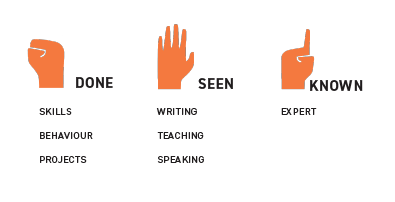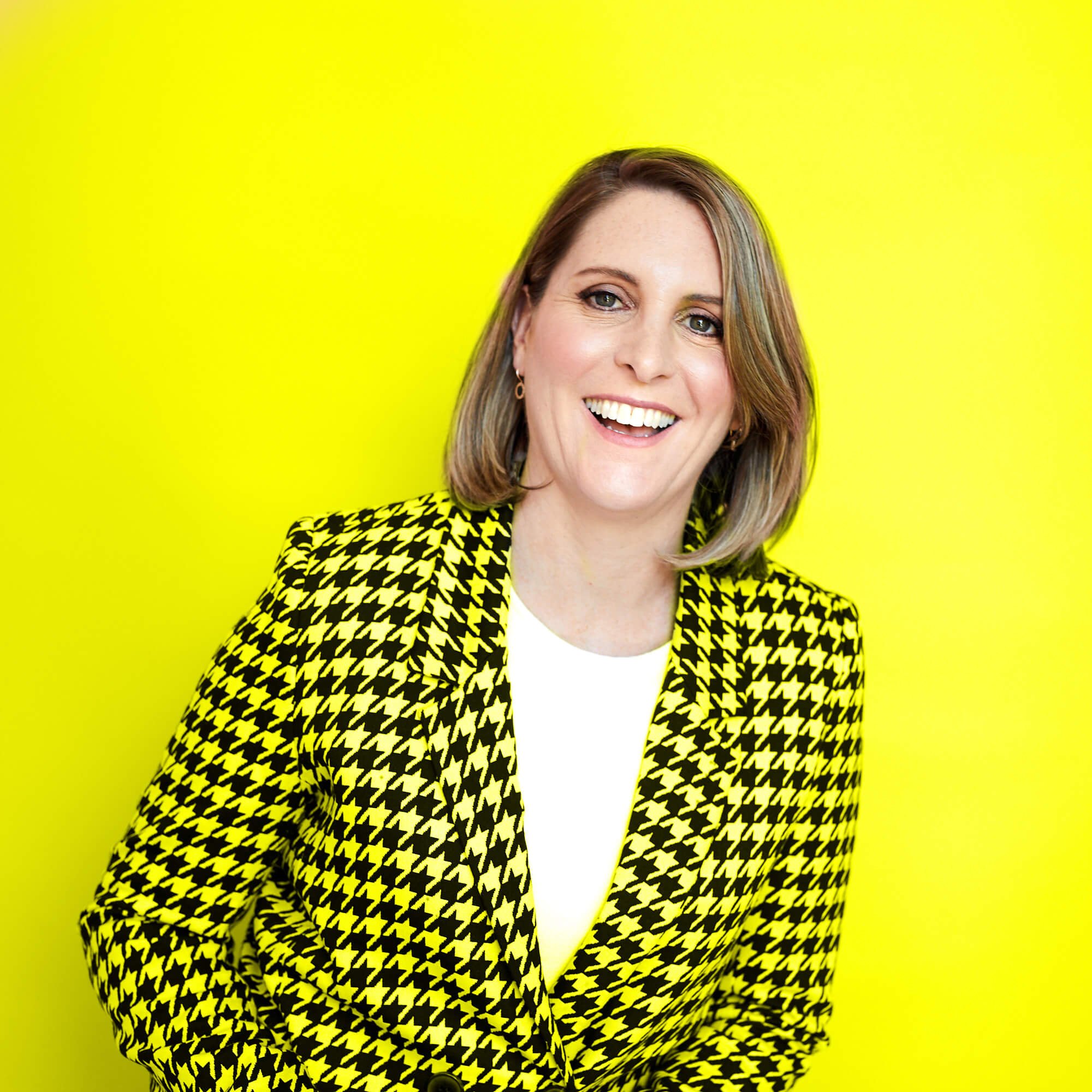In a previous blog for Aquent, Women in Digital: How To Position Yourself For Success, I talked about the model Done | Seen | Known.

Done – what are your skills, how do you behave and what projects have you worked on?
Seen – how are you showing what you have done, by writing, teaching and speaking?
Known – what’s your expertise?
For many people moving jobs, they want to reposition themselves. In the time of the Great Resignation, with many roles available in the digital space, it is an ideal time to reevaluate what you actually want from your workplace.
Some people are burnt out after 2 years of the pandemic and need a change. They want to continue doing the same work but at a different place. They don’t need to reposition — they can tell their existing work stories, showing how it applies to a new employer.
For others, it is an opportunity to find the work they really want to do. It could be moving into a leadership role, a different industry, or a career change. This is where repositioning is vital.
Instead of working forwards to show how your experience culminates in you becoming the expert, you work backwards:
- Known – what role do you want to apply for?
- Seen – what activities have shown you in the new role?
- Done – what have you done that can be applied to that role? Do you have comparable skills applicable for the role?
Once you've done that exercise, you can see where the gaps are.
For example, moving from Senior Design to DesignOps Lead:
Current Positioning
Done: Senior designer in a squad optimising checkout of e-commerce
- Designing the process by sketching out the customer journey
- Hi-fidelity prototyping
- Working with senior front-end developers to incorporate APIs and communicating states to customers
- Usability testing of the checkout to iterate the designs
Seen: Talking at work and portfolio case studies
- Talked about the process of design at ‘lunch and learns’ in the company
- Portfolio with a case study talking about the process and the differences between the two versions and the uplift in conversions
Known:
- As an expert in UX within the company and e-commerce
Repositioning
Known: Design Ops lead
Seen: TBD
Done:
- Created the visual style guide as part of the redesign of check-out for application in the next projects
- Created and applied a tone of voice guide for all the notifications
- Set up usability testing protocols in the organisation for use by the other designers
- Created a component library with the front-end developers of all the elements in the checkout
Previously, the Designer is not Seen for the Design Ops work they have done, it was just part of business as usual. They have not put the examples of creating the style guide and the component library into their portfolio, so they cannot be Seen as capable of this role.
In repositioning, the designer beefs up their portfolio with case studies that position the checkout work as developing the Design System for the organisation, while delivering on the project.
For others, repositioning themselves may show gaps in their experience and skills — they can’t be Known as a Design Manager leading a team of five if they have never coached or mentored people. In this case, they should offer themselves as a mentor within their organisation, or within the industry like ADP List to develop their people leadership.
Repositioning is an essential part of taking the next step in your career.
Even if you decide that you want to stay in the same type of role, it makes you think about how you are seen and whether you are shining your light on your expertise.
If you want to know more about each stage and the decisions you make as a designer, you can buy the book Career Architecture at https://www.magshanley.com/career-architecture-book
© Mags Hanley
Latest.

AI adoption failing isn’t the tech, it’s the people. How smart businesses overcome this.
Technology, Thought Leadership, Industry Trends

Temp-to-perm is the best way to hire today.
Hiring Insights

How to keep top talent: Strategies for successful onboarding
Hiring Insights, Ask Aquent, Training Resources




